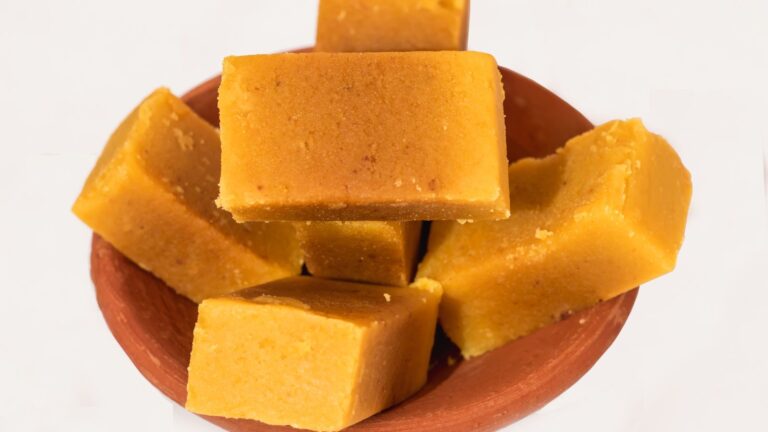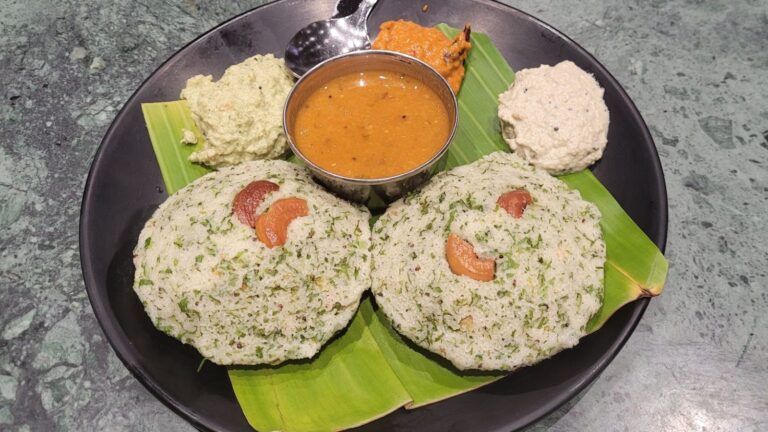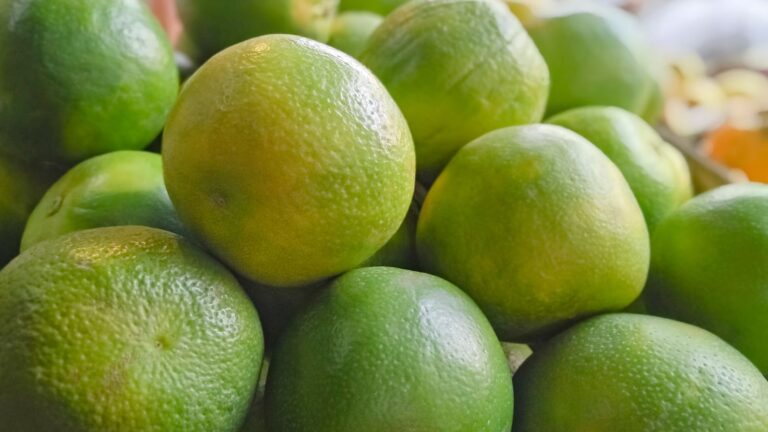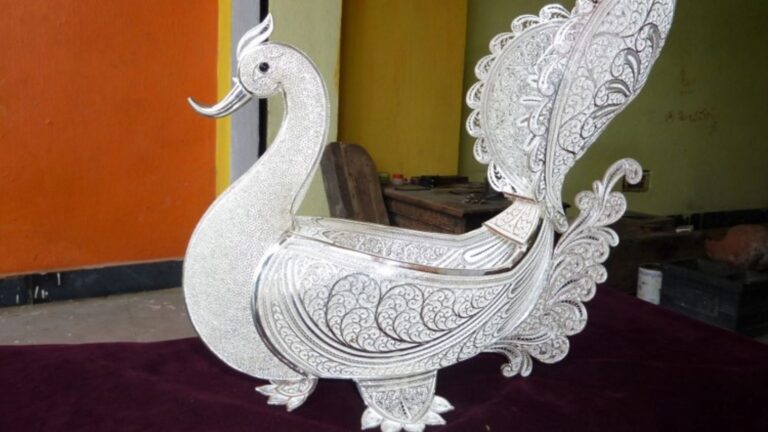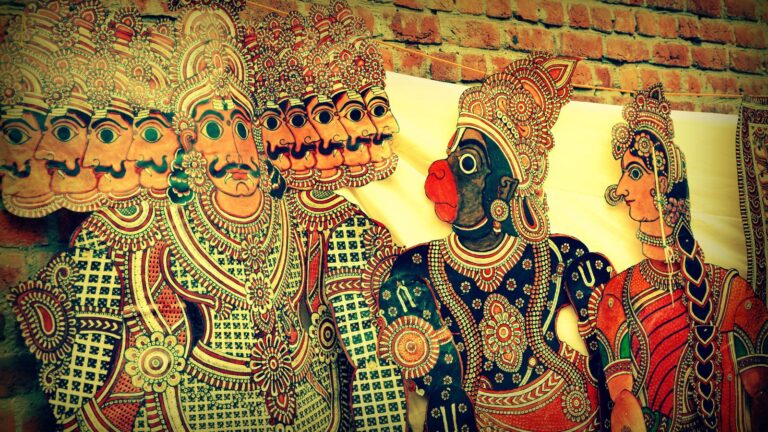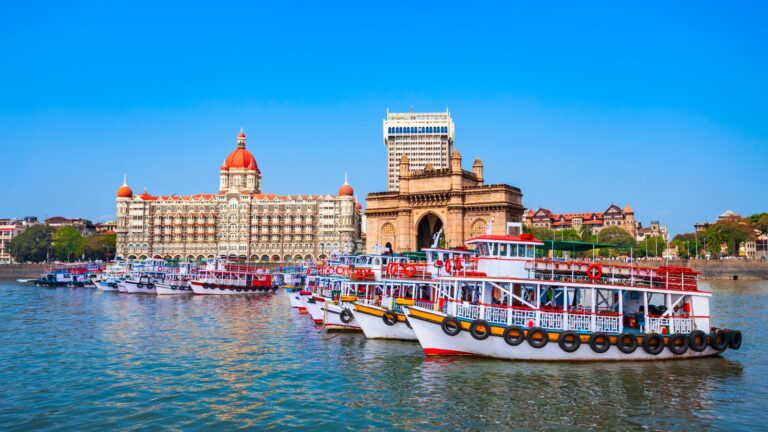
How seven islands and a goddess shaped Mumbai
Mumbai, India’s bustling financial hub, carries a history as layered as its skyline. Its name traces back to the Koli fishermen, the earliest known inhabitants of the region, who worshipped the local goddess Mumba Devi. The settlement that grew around…
